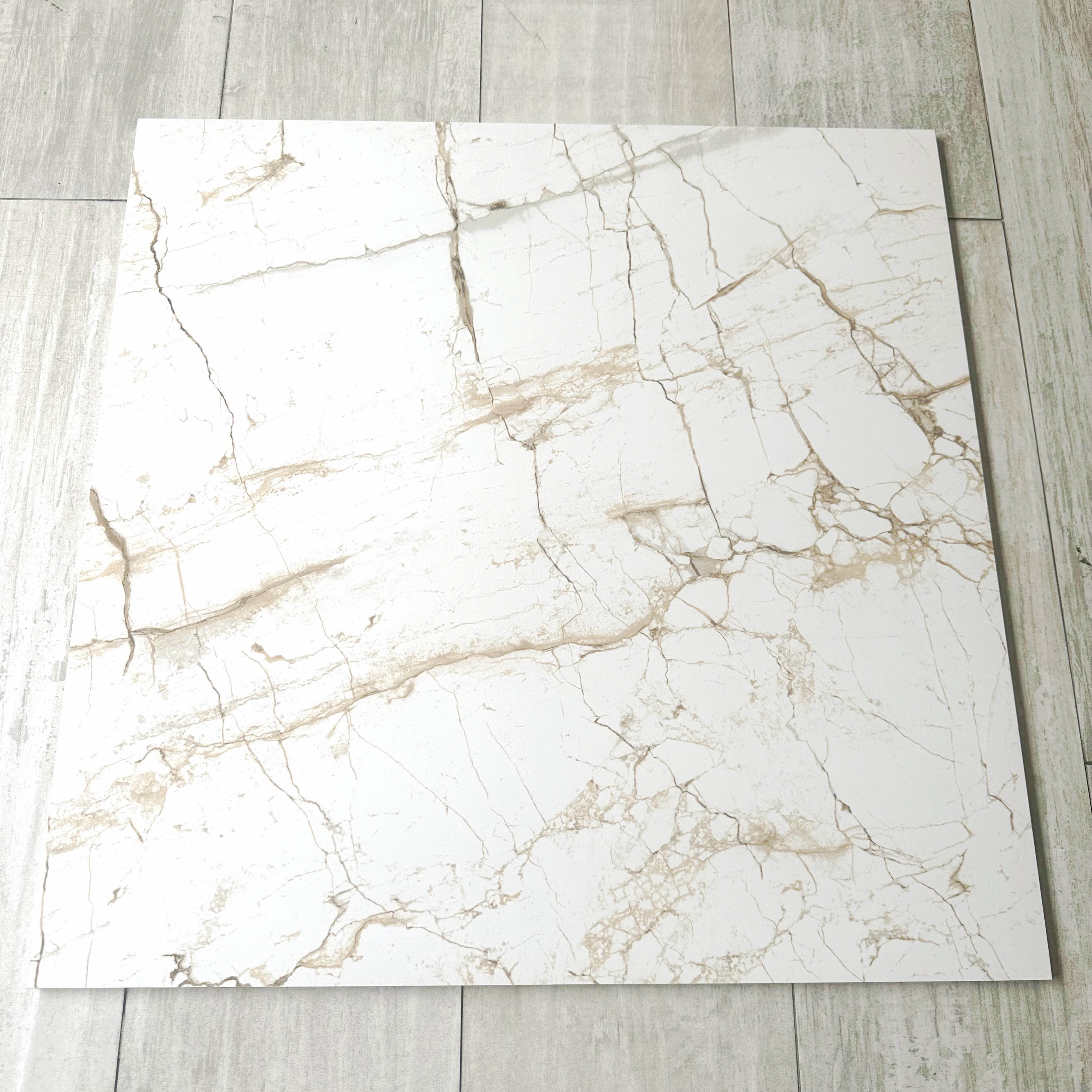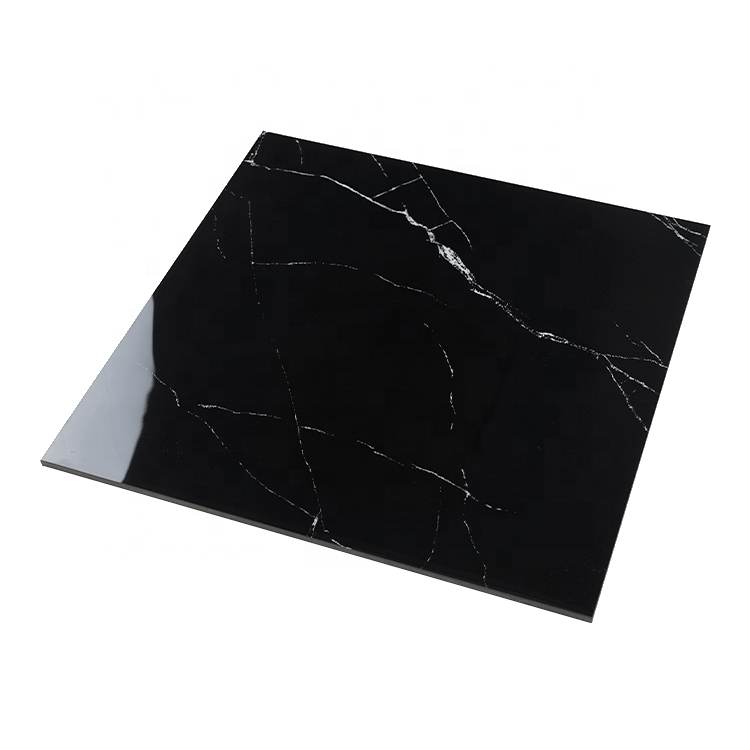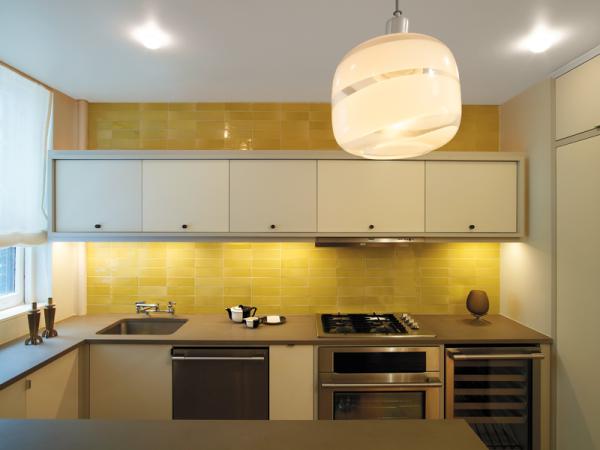The global ceramic tiles industry has experienced significant growth over the past decade, as the demand for aesthetically pleasing and durable flooring and wall solutions continues to rise. This article aims to shed light on the current state of the ceramic tiles industry, exploring its market size, key trends, technological advancements, sustainability initiatives, and potential future growth opportunities.


Market Overview and Size


The ceramic tiles industry has witnessed a consistent growth trajectory, with a global market size valued at around $70 billion in 2020, projected to reach $107 billion by the end of 2027. This growth is primarily fueled by expanding construction activities across residential, commercial, and industrial sectors worldwide. In addition to their functional benefits, ceramic tiles have gained popularity as a design element, offering versatility in color, pattern, and texture.
Key Trends and Technological Advancements
One of the prominent trends in the ceramic tiles industry is the increasing consumer demand for digital and 3D-printing technologies, allowing for innovative designs and customization options. These advancements enable manufacturers to reproduce textures, imitate natural materials, and create unique patterns on tiles, expanding design options for consumers. Additionally, the integration of Internet of Things (IoT) technology has brought forth “smart” or interconnected ceramic tiles, capable of monitoring temperature, and energy consumption, and providing real-time data for improved energy efficiency.
Sustainability Initiatives and Energy Efficiency
To address environmental concerns, the ceramic tiles industry has been actively engaging in sustainable practices. Manufacturers are investing in advanced production techniques, such as recycled materials and water recycling systems, reducing the overall environmental impact. Additionally, energy-efficient kilns and cleaner production methods have been adopted to minimize carbon emissions during the manufacturing process. The industry also focuses on reducing waste through product recycling or repurposing initiatives.
Market Challenges and Future Growth Opportunities
While the ceramic tiles industry is experiencing significant growth, it is not devoid of challenges. Fluctuating raw material prices, labor shortages, and economic uncertainties pose obstacles in the market. However, the future of the industry remains promising, with several growth opportunities on the horizon. The increasing popularity of ceramic tiles in emerging economies, growing awareness of sustainable materials, and the advent of smart cities and smart homes are expected to drive demand further. Moreover, the rising popularity of large-format and thin porcelain tiles, as well as the increased use of ceramic tiles in the healthcare and hospitality sectors, present significant growth prospects.
The ceramic tiles industry continues to witness remarkable growth, driven by technological advancements, sustainability initiatives, and changing consumer preferences.



